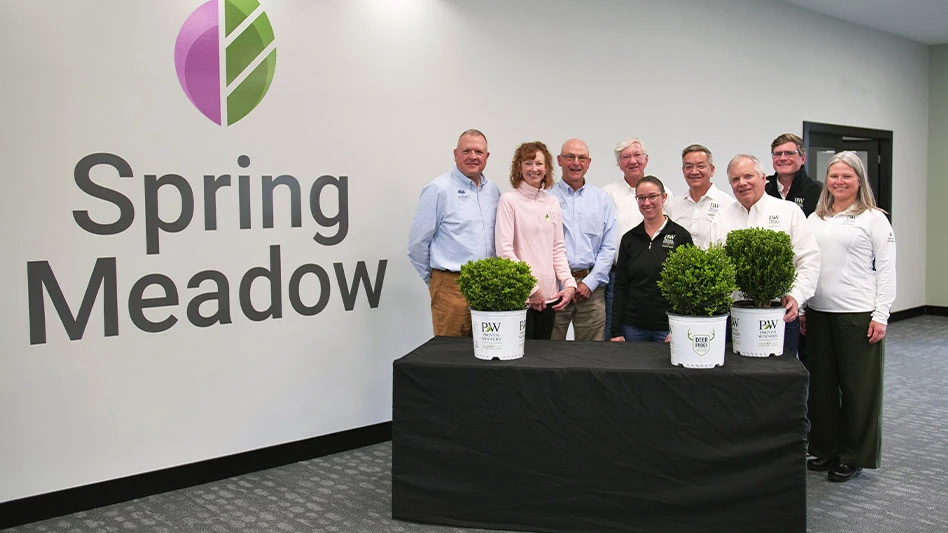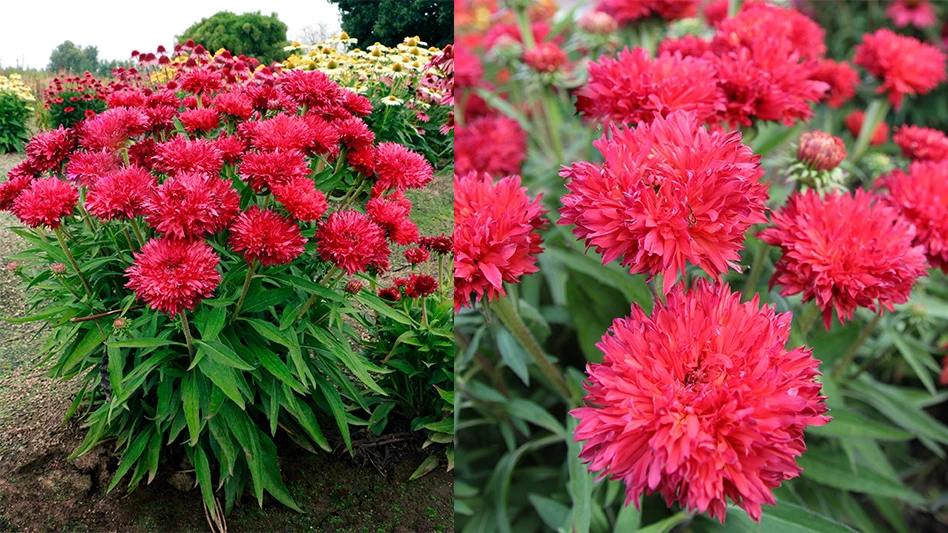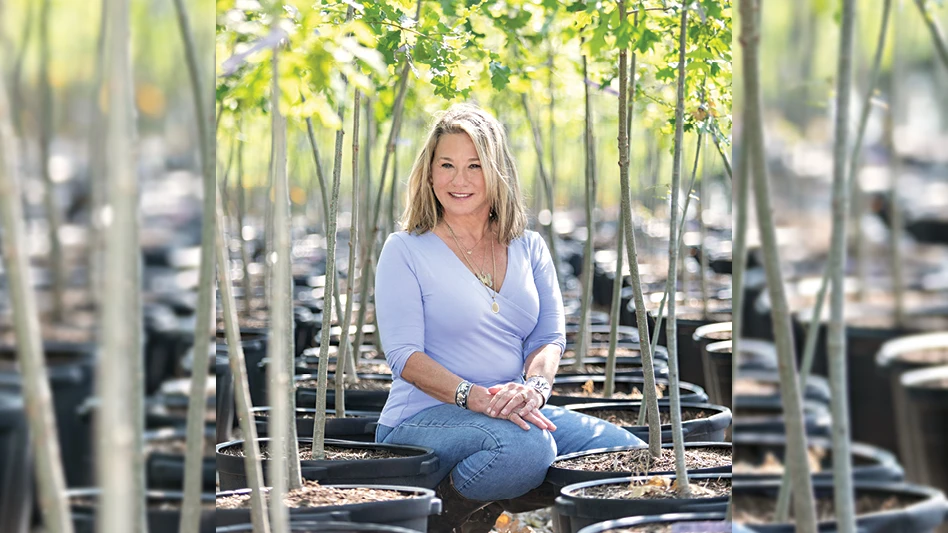The Dallas Arboretum Trial Program takes data on more than 7,000 annuals, perennials, woodies, grasses and trees each year, looking for the toughest of the tough. North Texas is a brutal climate that can swing from one extreme to another — six months of drought is usually followed by a month of flooding. Many of the arboretum’s trials focus on heat tolerance and ability to withstand lower water requirements, since Texas is experiencing water restrictions like many other states. We’ve highlighted some new drought-tolerant contenders.
 Lantana ‘Lucky Pot of Gold’ by Ball Floraplant (annual)
Lantana ‘Lucky Pot of Gold’ by Ball Floraplant (annual)
It’s almost impossible to drive a mile in Texas and not see a planting of lantana. Drought, heat and humidity only make this plant grow faster. Not too big and not too small, this 1-foot-tall variety is just right. Wide balls of burning gold flowers bloom all summer long. As a matter of fact, this variety actually blooms better if you let it get thirsty between watering.
 Leucophyllum langmaniae ‘Lynn’s Legacy’ (shrub)
Leucophyllum langmaniae ‘Lynn’s Legacy’ (shrub)
Found by the legendary Texas plantsman Lynn Lowery, this evergreen shrub is truly a gift to the garden. Glowing lavender-pink flowers frost soft grey-green foliage off and on from summer until fall. Exceptionally drought-tolerant plants are best in Xeric beds, also outstanding in containers. Unlike many other cultivars, this one stays compact and seldom needs shearing, and it is more floriferous.
 Ligustrum ‘Sunshine’ by Ball Ornamentals (shrub)
Ligustrum ‘Sunshine’ by Ball Ornamentals (shrub)
Choirs of landscape architects would be singing the praises of this plant — that is, if they knew about it. Compact, easily trimmed shrubs of pure gold are the perfect contrast for boxwood or barberry in formal garden design. Plants are supposedly sterile and will only reach 5 feet tall in 10 years. This plant can be trimmed to 1 foot in height, and it must be in full sun for best foliage color. It is semi-evergreen in milder climates.
 Gaillardia ‘Galya’ series by Danziger (annual)
Gaillardia ‘Galya’ series by Danziger (annual)
 Portulaca ‘Samba’ series by Athena Brazil (annual)
Portulaca ‘Samba’ series by Athena Brazil (annual)
A pass-along plant from your grandmother’s time, this Portulaca laughs at dry weather. Broken stems lying on the sidewalk have been known to flower for three weeks before they finally give up. Two-and-a-half-inch flowers of magenta, white or a combination of the two dot the foliage all summer. Plants are only slightly slower than kudzu in their growth habit and will quickly spread to 3 feet either across the ground or out of baskets. Forgot to water for two weeks? No problem, this plant looks just the same.

Hesperaloe ‘Brake Lights’ by Mountain States Wholesale Nursery (perennial)
The plant commonly called false red yucca for years is perplexing: where is the red? Then comes the aptly named ‘Brake Lights,’ which has a true red flower and stems. Drought tolerance is this plant’s middle name. They’ve been seen growing in Arizona with no supplemental irrigation at all. They are almost constantly in flower from late spring to fall.
.jpg) Agave ovatifolia Whale’s tongue Agave (perennial)
Agave ovatifolia Whale’s tongue Agave (perennial)
Another plant that Lynn Lowry found in Mexico has quickly become the favorite Agave across the state. These zone 7, hardy, icy-silver plants form large 5-foot rosettes. Unlike many others of this genus, this one does not form pups. Able to withstand drought, hot summers and cool wet weather as well.
 Many verbenas in the Texas climate quickly succumb to high night temperatures and powdery mildew, but not this one. Both colors of this variety are vigorous plants that flower off and on all summer on mildew-free foliage. As a matter of fact, the flowers continue right up until a hard freeze finally puts them to slumber for the winter. Mat-forming foliage requires low water to keep flowering.
Many verbenas in the Texas climate quickly succumb to high night temperatures and powdery mildew, but not this one. Both colors of this variety are vigorous plants that flower off and on all summer on mildew-free foliage. As a matter of fact, the flowers continue right up until a hard freeze finally puts them to slumber for the winter. Mat-forming foliage requires low water to keep flowering.
For more: Dallas Arboretum plant trials, www.dallasplanttrials.org
Photos courtesy of Dallas Arboretum

Explore the June 2013 Issue
Check out more from this issue and find your next story to read.
Latest from Nursery Management
- The HC Companies, Classic Home & Garden merge as Growscape
- Eason Horticultural Resources will now officially be known as EHR
- BioWorks receives EPA approval for new biological insecticide for thrips, aphids, whiteflies
- Ellen Mackenbach-Lakeman appointed new CEO of Dümmen Orange
- Southern Garden Tour sets 2025 dates for trial garden open houses
- New book explores plants that thrive in Rocky Mountains
- American Floral Endowment establishes Herman Meinders Memorial Tribute
- These companies are utilizing plastic alternatives to reduce horticultural waste






